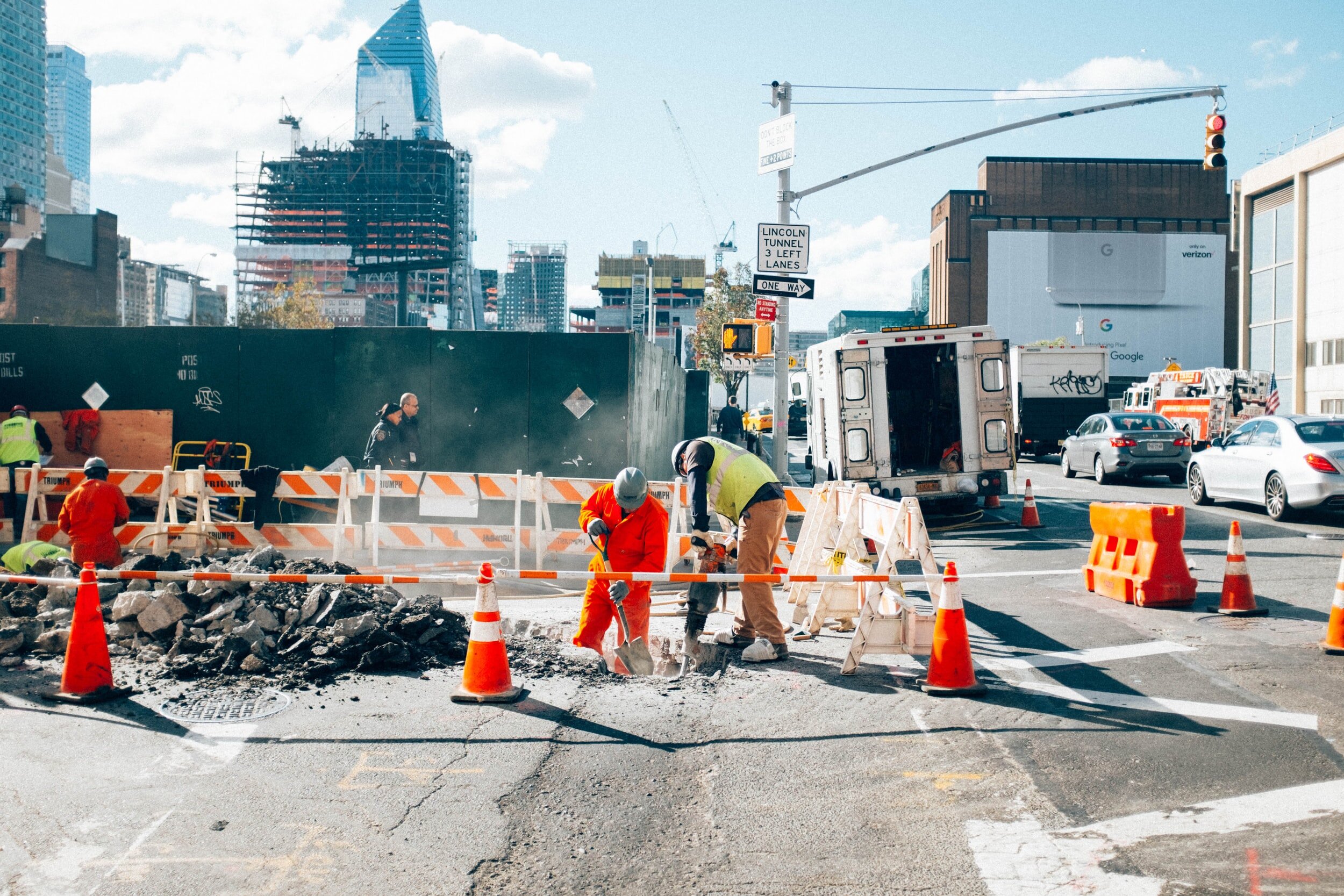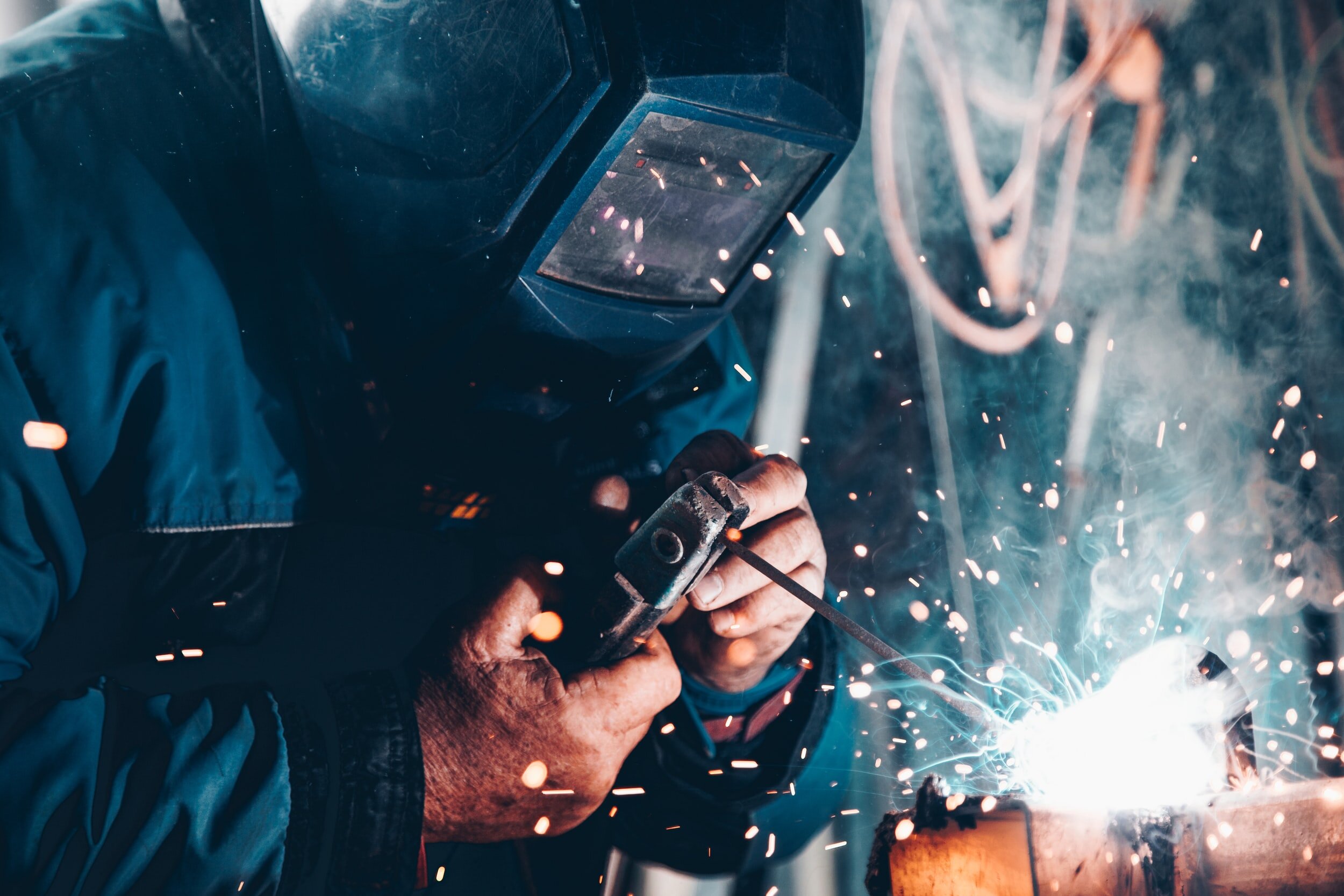
Industry Insights

Workplace Injuries and Fatalities: Statistics for Demographics, Timing, and Industries
Workplace injuries are something that we all strive to eliminate. Over the years, as regulations have been put in place, technological improvements have been made, and attitudes have changed, there have been vast improvements in workplace safety. However, as injuries and fatalities continue to occur, we can review the when, where, and who to help us better prevent these incidents.

The Risk of Perceived Risk - Part 2: Perceived Risk and Workplace Safety
Perceived risk can be highly inaccurate, as it is influenced by factors such as risk tolerance and risk normalisation. This inaccuracy of perceived risk can have huge trickle-down effects on workplace safety: from which risks are seen by management as a hazard, to likelihood of following safety procedures among workers.

The Risk of Perceived Risk - Part 1: What is Perceived Risk?
All jobs involve hazards and risks. In acknowledging the presence of risk, we establish the need for safety. This is why safety plans are required for all organizations and roles. One big question, however, is how does our perception of risk influence safety and the effectiveness of safety procedures?

Near Misses and Self-Reporting: Part 1 - How Many Near Misses are Missed?
Every job has hazards, and if those hazards are not appropriately handled then any job can become a dangerous one. The creation and implementation of workplace safety measures is heavily reliant on self-reporting of near misses. However, near misses are not always reported. It is important to understand the reasons behind this lack of reporting, how to resolve it, and what else can be done in order to ensure workplace safety and worker health.
